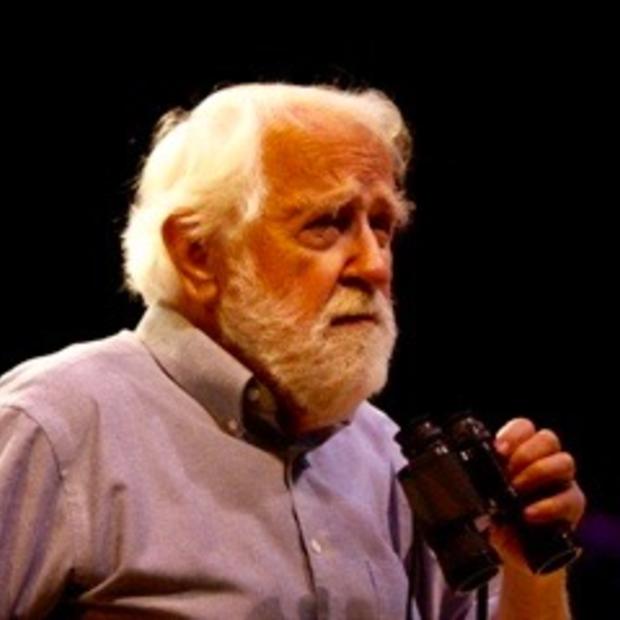In a political climate of diminishing government interference and decreased regulation, the Whatcom County Council has produced a template other local governments might wish to consider. Or not.
The model derives from an altogether unpleasant requirement to maintain household septic tanks. Much of rural Whatcom County relies on 30,000 or more septic tanks rather than sewers, to dispose of human waste. That includes hundreds that drain into the earth around Lake Whatcom, a drinking water source for some 90,000 people in Bellingham and the surrounding countryside.
A lot of the home systems are growing old. The county health department says many don’t work properly. State law demands that septic systems be inspected periodically and brought up to a standard that avoids polluting streams, lakes or ground water.
Following a solid victory in 2009 over what was known locally as the "environmental majority," conservatives took control of the county council. They set about finding ways to eliminate what they regarded as over-regulation. One of their early decisions of 2010 responded to citizens who complained of the high cost of hiring professionals to inspect aging septic tanks. The price for a professional inspection ranges upward from $165, plus $35 to file the report with the county.
At the urging of councilmember Barbara Brenner, the council voted 5-to-2 to allow citizens to inspect and grade their own systems, after they complete a training course. The new, liberalized program does not include the Lake Whatcom drainage nor the Drayton Harbor area near Blaine. Professional inspections remain mandatory in both those sensitive areas.
First results of the do-it-yourself experiment are in hand. Professional inspectors (who do the vast majority of the inspections) found only 62 percent of the septic systems working the way they're supposed to, as reported Monday by the Bellingham Herald's John Stark.
By contrast, a phenomenal 94 percent of the homeowners doing their own inspections reported that their systems are working just fine, thank you. Health authorities say that number included at least one who turned in the required inspection form, but never really got around to checking on his septic tank.

